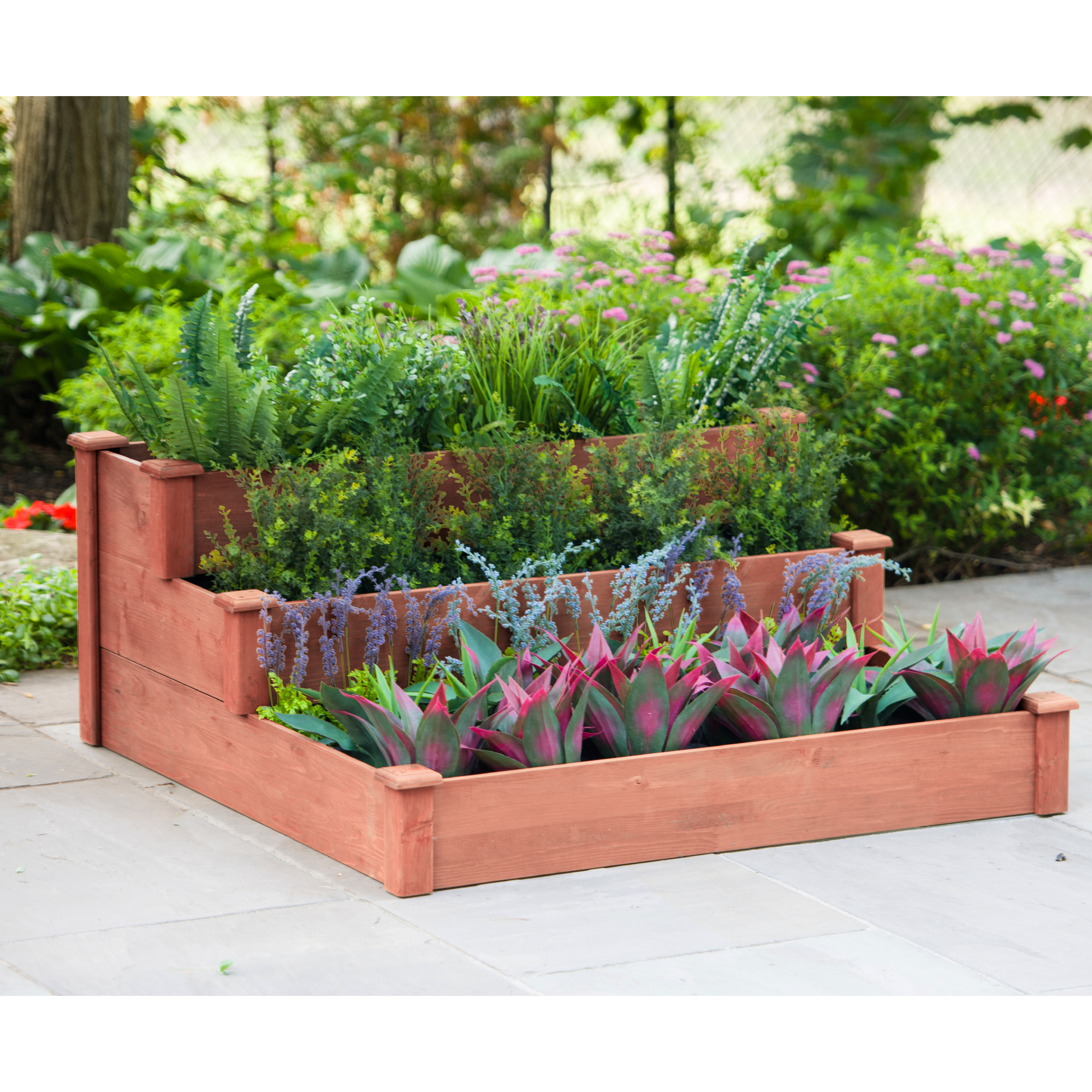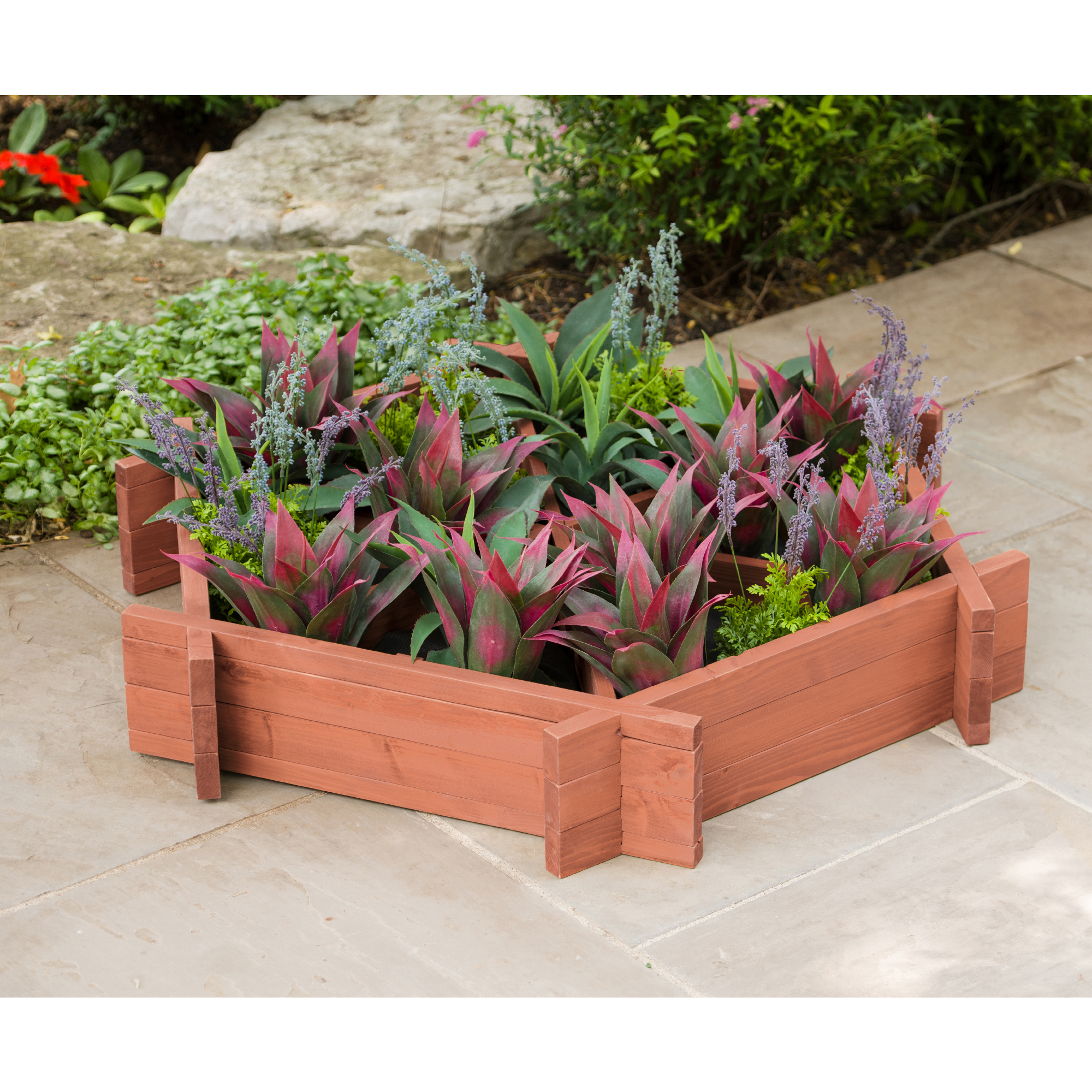Displaying items by tag: plants
5W’s and 1H of Composting to Keep Your Backyard Looking Great
5W’s and 1H of Composting to Keep Your Backyard Looking Great
Why? Do you compost? If not, why not? There are so many benefits of composting - reducing food waste, growing a healthy garden, and contributing to a healthier planet. You may think its complex, labor-intensive, and messy, but composting is very doable.
Composting has the potential to manage most of the organic material in the waste stream and can be incorporated easily into any waste management plan. Since approximately 45 - 55% of the waste stream is organic matter, composting can play a significant role in diverting waste from landfills, thereby conserving landfill space and reducing the production of leachate and methane gas since the organic waste in landfills emits methane. An effective composting program can produce a high-quality soil adjustment with a variety of end uses.
Since compost is an ideal substitute for chemical fertilizers, scatter it on your lawn a couple of times a year. Blend it with soil for vegetable gardens and flower beds. Use it as a top dressing when transplanting trees or shrubs. It is a natural fertilizer that you can use to enhance the greenery in your backyard.
Compost improves soil absorbency, drainage and aeration, and moisture-holding capacity and reduces compaction. Compost can retain up to ten times its weight in water; help buffer soils against extreme chemical imbalances; aid in unlocking soil minerals; release nutrients over a wide time window; act as a buffer against the absorption of chemicals and heavy metals; promotes the development of healthy root zones; suppresses diseases associated with certain fungi, and helps plants tolerate drought conditions.
What? Composting is nature's way of recycling. It is a natural biological process, carried out under controlled aerobic conditions (requires oxygen). In this process, various microorganisms, including bacteria and fungi, break down organic matter into simpler substances.
Composting biodegrades organic waste, i.e., food waste, leaves, grass trimmings, paper, wood, etc. and turns it into valuable organic fertilizer.
A good general rule of thumb: If it comes from the ground, it’s probably compostable. That includes vegetable and fruit scraps and grains (like stale bread, cereal, pasta, etc.), coffee grounds and filters, herbs, spices, nuts, eggshells, leaves, and plant trimmings. Another good rule of thumb: Avoid composting animal products. Things like butter, meat, animal fat and dairy products are not good things to compost.
Who? Anyone can compost, on any scale. Composting is not a mysterious or complicated process, and with a little research, you can become an expert on composting.
Where? Composting is relatively simple to manage and carry out on a wide range of scales in almost any indoor or outdoor environment and almost any geographic location.
When? The composting process begins when you gather organic waste in a bin, ideally in a flat, well-drained, and sunny location where the pile can remain warm and moist. For optimal results, layer twigs (for drainage and aeration) with leaves and fruit and vegetable scraps and mix/turn your compost once a week to help break down the organic materials. On average, it takes about four to six months for full decomposition. You will know the compost is ready to use when it is dark brown, crumbly texture, and smells like soil.
How? Place the raw materials in layers using a balance of high carbon (moist) and low carbon (dry) materials. Each layer should be no more than four to six inches in depth.
Step 1. Start with a 4 to 6-inch layer of coarse material set on the bottom of the composter or top of the soil.
Step 2. Add a 3 to 4-inch layer of low carbon material.
Step 3. Add a 4 to 6-inch layer of high carbon material.
Step 4. Add a 1-inch layer of garden soil or finished compost.
Step 5. Mix the layers of high Carbon material, low carbon materials and soil or compost. Repeat steps 2 through 5 until the composting bin is filled (maximum 4 feet in height). Cap with dry material.
Ideally, add new materials to the composting system during turning or mixing. Generally, the addition of moist materials accelerates the composting process while the addition of dry materials slows the process.
For your convenience, we have included some easy to read composting references that we used in this post.
https://www.edmonton.ca/residential_neighbourhoods/gardens_lawns_trees/compost-in-winter.aspx
Composting doesn’t have to be a burden - on either the effort required or the cost. It can be quite organic and fun for the whole family.
We have options for you to do this in your back yard with little effort. And the great thing is that the choices will blend nicely with your existing backyard decor.
If you have already set up our suggested small space gardening or planter options, use the compost from your compost bin to ensure that the soil is and continues to be healthy and nutritious.
If you don’t have a space set up for a garden, we have options that will blend with the backyard. But first, let’s talk about the compost for your gardens, planters and lawn.
Compost Bin
Easy to use compost bin with a natural aeration system, cover and pullout door
UPC: 794504889048 SKU: CB2730
.jpg)
Easy to use compost bin with built-in aeration system. Comes with cover. Pullout door provides easy access. Crafted of solid wood harvested from the Cypress tree family with decay resistance similar to Western Red Cedar. Moisture resistant for maximum weather protection.
- Equally separated slats provide ample aeration without compost spillage
- Easy to use and install
- Cover and design keeps both pests and pets out
- Looks good in yard or garden
- Stained to enhance durability
- 27”W x 27"D x 30”H
Containers and Raised Beds
The soil in containers and raised beds depletes more quickly, especially in extreme conditions like a windy balcony or sunny patio. Mulching with as much organic matter as you can through the growing season will help plants resist drought and protect soil from depleting. In raised vegetable beds, sprinkle a few millimeters of compost on the soil every month,
If you have already set up our suggested small space gardening or planter options, use the compost from your compost bin to ensure that the soil is and continues to be healthy and nutritious.
If you don’t have a space set up for a garden, we have options that will blend with the backyard.
3-Tier Raised Garden Bed UPC: 689076909945 SKU: RGB4848

Easy to assemble, roomy, three-tiered raised garden bed provides depth for growing various deep-rooted plants and vegetables. The elevated design is great for areas with poor soil or no soil. With three tiers, you can easily grow diverse varieties, even those requiring different amounts of water, fertilizer, and maintenance. Great for beginner gardeners—surprise them with a gift. Got a cropped porch or a sloped yard that needs company? Use this garden bed as a stunning nature art that you construct.
- Crafted of solid wood harvested from the Cypress tree family with decay resistance similar to Western Red Cedar
- Durable for all seasons
- Protects roots from becoming waterlogged
- Compact, ideal for smaller gardens
- Accommodates varieties of many types and sizes
- Dimensions 48”W X 48”D X 21”H
Hexagonal Raised Garden Bed UPC: 689076909846 SKU:7

Hexagonal raised garden bed simplifies gardening by segmenting plants and vegetables, protecting soil from erosion, and yielding greater harvests. Hexagonal raised garden bed creates depth and appeal, and gives more growing options among veggies and plants. Six evenly spaced compartments ease gardening; unique hexagon shape accentuates surface. And because the garden bed is elevated, soil warms quicker and holds temperature longer—adding time to your gardening season, despite what your calendar indicates.
- Crafted of solid wood harvested from the Cypress tree family with decay resistance similar to Western Red Cedar
- Constructed to withstand all seasons
- Material and elevation helps prevent underground critters—moles and gophers—from attacking roots
- Hexagonal design provides 6 separate planting areas; maximizes space
- Ideal for many surfaces
- Dimensions 48”W X 48”D X 8”H

